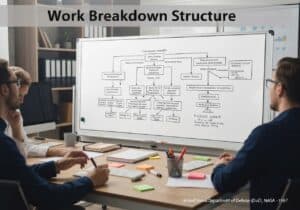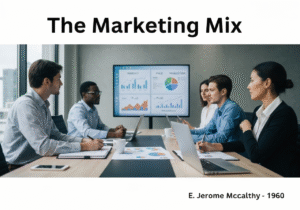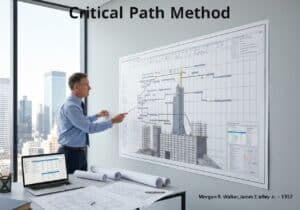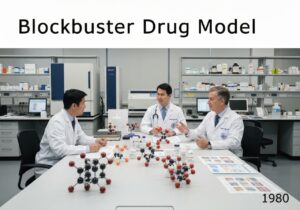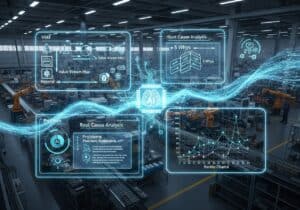a short breakdown of the market of non-alcoholic drinks in Europe, just from observation and artifacts in an airport.
This is not intended to be a scientific complete study -ready below- but a fun Fun Market Survey blog article pushing to observe surrounding facts
Survey results
Well, just from observation:

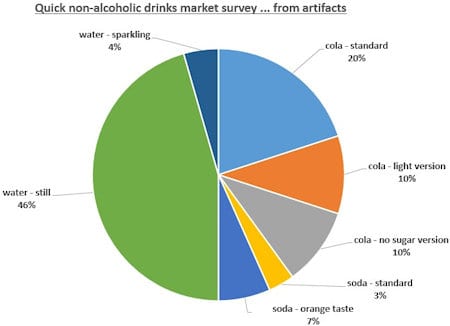
| cola – standard: | 18 slots | 20% |
| cola – light version: | 9 slots | 10% |
| cola – no sugar version: | 9 slots | 10% |
| soda – standard: | 3 slots | 3% |
| soda – orange taste: | 6 slots | 7% |
| water – still: | 41 slots | 46% |
| water – sparkling: | 4 slots | 4% |
And in a more visual manner:
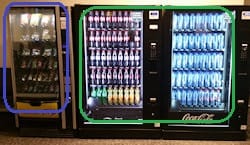
Additional observations
- food: 33%
- soft non-alcoholic drinks: 66%
Self-assessment
Why these results are more thrust-able than they first look like
In fact, the reliability comes from the location & its manager/owner:
- in these airport situations, these machines see a LOT of customers passing by
- these vending machines are very versatile, almost anything could physically fit inside; this particularly vending machine is obviously owned by a huge brand with a huge portfolio; they could offer plenty of different sodas & drinks if there was a market for it
- in order to keep the machine filled as much and as long as possible (less frequent refills=less transports) and keep their stock low (cash & refill transport), statistics and sales tracking is perfect
Why these results could be wrong
Or at least not representative:
- airport passengers & airport situation is possibly not representing the full population & drink habits (no alcohol represented here; in some eastern countries, draft beer is cheaper than a bottle of water…)
- limited to small bottles; larger bottles may have a different results



